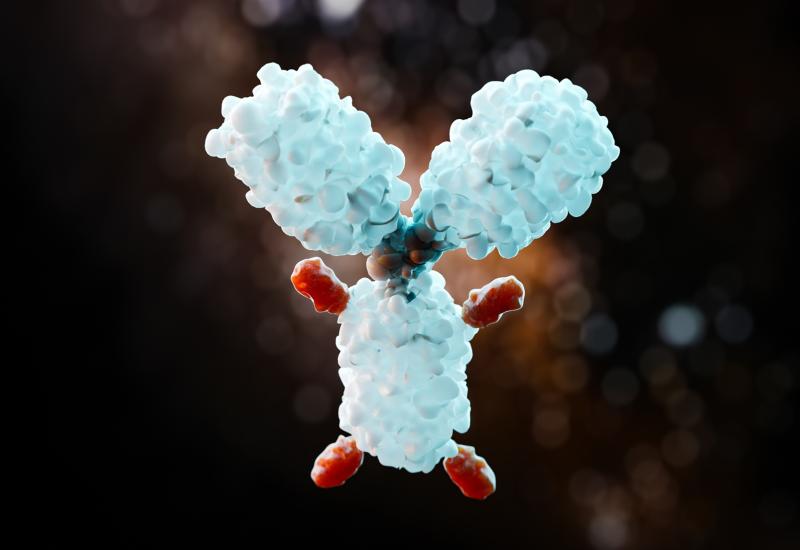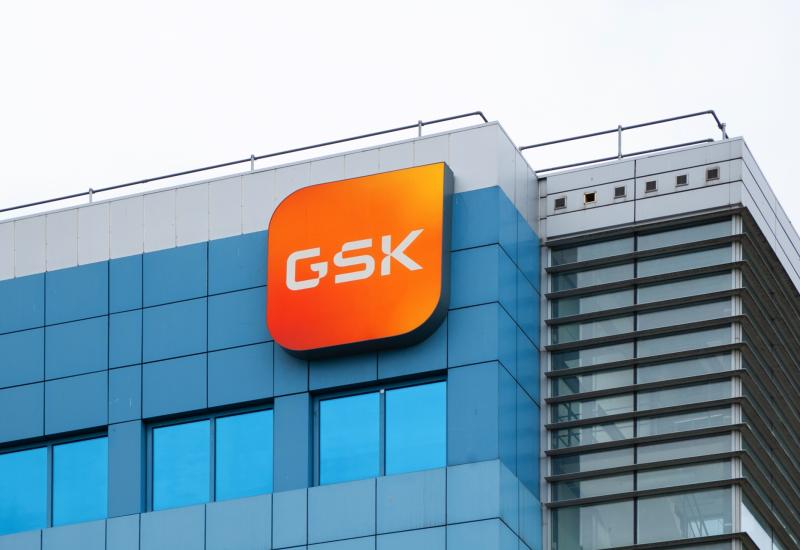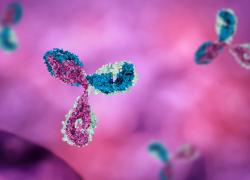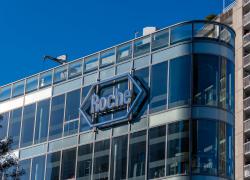
NextCure joins Merck in an ovarian target
But the former is paying a fraction of what Merck shelled out for raludotatug.
But the former is paying a fraction of what Merck shelled out for raludotatug.

Chinese assets are hot, but the latest deal is relatively restrained: NextCure is paying up to $745m for ex-China rights to Simcere’s SIM0505, a CDH6-targeting ADC, but the up-front part of the fee amounts to just $12m.
CDH6 is the same antigen that's targeted by Daiichi Sankyo’s raludotatug deruxtecan, which Merck & Co licensed for a much richer $1.5bn up front in October 2023. A look at OncologyPipeline shows a few other anti-CDH6 projects in development, but the field is less crowded than many.
SIM0505 is already in a phase 1 solid tumour trial in China, and is slated to enter the clinic in the US in the third quarter. Initial phase 1 results are expected in the first half of 2026, NextCure said on Monday, although it’s unclear whether these will come from the Chinese or the US study, or both.
The CDH6 pipeline
| Project | Company | Modality | Status |
|---|---|---|---|
| Raludotatug deruxtecan | Daiichi/ Merck & Co | ADC | Ph3 Rejoice-Ovarian01 completes Dec 2027; ph1 data at ESMO 2023: cORR 46% (23/50) in ovarian cancer* |
| CUSP06 | OnCusp Therapeutics | ADC | Ph1 US data at ASCO 2025: cORR 20% (5/25) in PROC |
| HS-20124 | Jiangsu Hansoh | ADC | Ph1 China trial in solid tumours began Oct 2024 |
| SIM0505 | Jiangsu Simcere/ NextCure | ADC | Ph1 China trial in solid tumours began Feb 2025; ph1 US trial to start Q3 2025 |
| ATG-106 | Antengene | T-cell engager | Preclinical data at SITC 2024 |
| QLS5133 | Qilu | ADC | Preclinical data at AACR 2025 |
| TJ102 | Phrontline Biopharma | ADC** | Preclinical data at AACR 2025 |
Notes: the clinical-stage ADCs all use topoisomerase 1 inhibitor payloads. *4.8-8.0mg/kg doses only; **bispecific ADC also targeting FRα. Source: OncologyPipeline.
The most advanced work with CDH6 is in ovarian cancer, and here Merck and Daiichi have set the bar. At the 2023 ESMO meeting raludotatug-dxd produced a confirmed ORR of 46% among 50 previously treated ovarian cancer patients given a 4.8-8.0mg/kg dose; there were also four unconfirmed PRs.
However, one reason for caution could be toxicity, with the 8.0mg/kg dose discontinued after two patients died from interstitial lung disease.
Meanwhile, at ASCO this year OnCusp Therapeutics reported phase 1 data with its ADC contender, CUSP06, in platinum-resistant high-grade serous ovarian cancer. The company claimed an ORR of 36% among 25 patients, but this figure included four unconfirmed responses.
Excluding these, the ORR was 20%, although CUSP06 did produce responses in two patients who had previously received AbbVie’s folate receptor alpha-targeting ADC Elahere.
Other targets
While there isn’t much activity in CDH6, other contenders have recently produced promising ovarian cancer data, including with two next-generation anti-FRα ADCs, Genmab’s Profound Bio-originated rinatabart sesutecan and Lilly’s LY4170156.
And Merck & Co recently toplined at win in the Keynote-B96 trial of Keytruda in platinum-resistant ovarian cancer; full data are awaited. As such, the CDH6 contenders will need to show their worth not just against each other, but in the broader ovarian cancer arena.
Merck is already testing raludotatug-dxd in the phase 3 Rejoice-Ovarian01 trial in platinum-resistant disease. It also recently started a pivotal trial of its Kelun-originated TROP2 ADC sacituzumab tirumotecan, but that’s in the platinum-sensitive setting.
Under the agreement NextCure can also develop an ADC against a target of its choice, using Simcere’s linker and topoisomerase inhibitor payload. While a press release spoke of the deal's $745m biodollar value, terms were only spelled out in a subsequent SEC filing: $12m up front, $5m payable on a qualifying event, and $1m in NextCure stock.
NextCure seems to have got a lot of bang for its buck, but competition will still be fierce.
This story has been updated to add more detail on deal terms.
2252













